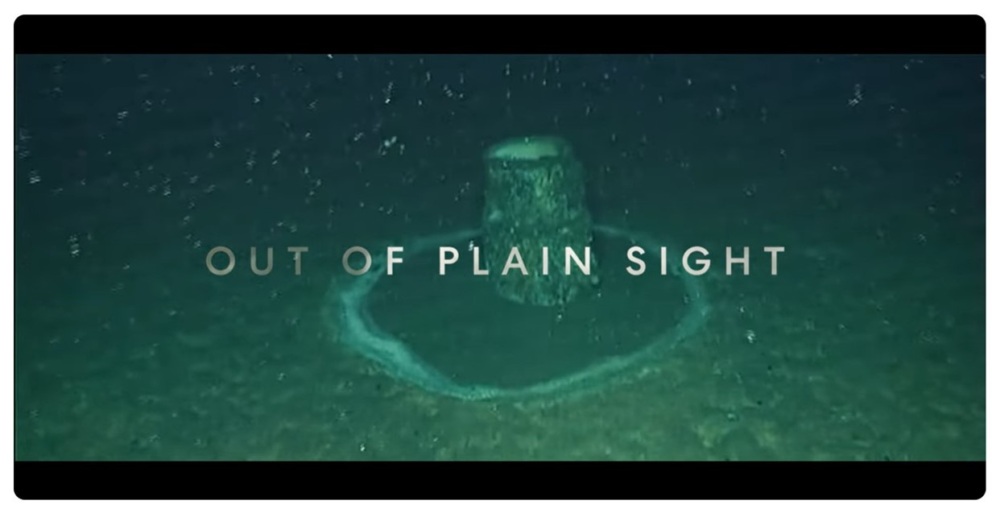
In the News
As Wildfires Ravage the West, Contaminated Water Raises Health Concerns
- STAT News
-
Focus Areas
Environmental Health -
Issues
Wildfires & Extreme Heat -
Expertise
Research – Quantitative -
Programs
Tracking California

Afew weeks after the devastating 2017 Tubbs Fire raged through parts of northern California, Gerald and Serene Buhrz returned to their Santa Rosa home, turned on the kitchen sink faucet, and were hit with a stinging smell.
“The water smelled like diesel,” Gerald Buhrz, 77, said. “It smelled like you could probably light it with a match.”
Public officials anticipate such contamination to be all the more pressing this year, as record blazes burn vegetation and homes along vast stretches of the West Coast. Some neighborhoods in California are already witnessing benzene levels that exceed state and federal permissible limits as evacuees return to “do not drink/do not boil” warnings.
Recent research suggests fires can lead to water contamination by heating up plastic pipes, which then leach chemicals into water. It’s also possible for damaged, depressurized water systems to suck smoke and pollutants — including compounds such as benzene — from the air into the pipes.
Benzene is a colorless chemical found in gasoline fumes, burnt wood, and plastic smoke. It’s quick to evaporate into the air and easily dissolves in water. During and after wildfires, exposure to benzene can occur either by drinking water, inhaling it when water is boiled for cooking, or during showers, when it might also get absorbed through the skin. In the short-term, benzene exposure is associated with a bout of light-headedness or nausea — but prolonged exposure is tied to increased cancer risk.
Risks to human health depend on how contaminated the water is, and how long people are exposed. Health officials in California, for example, estimate benzene concentrations exceeding 26 parts per billion to be harmful in the short-term, and dangerous beyond 1 part per billion over the long run.

Benzene is tricky, it may not have any signs or symptoms and people would not be expected to get sick right away. That’s why we want to make sure people aren’t exposed.Dr. Gina Solomon
Former director of PHI’s Achieving Resilient Communities (ARC) and PHI’s Science for Toxic Exposure Prevention
Experts say that to minimize potential health risks, officials need to issue quick and comprehensive alerts to the public about potentially contaminated water.
Read more about Dr. Solomon’s research into benzene contamination of drinking water after wildfires.
Click below to read the full story in STAT News.
Originally published by STAT News
More Updates
Work With Us
You change the world. We do the rest. Explore fiscal sponsorship at PHI.
Support Us
Together, we can accelerate our response to public health’s most critical issues.
Find Employment
Begin your career at the Public Health Institute.



